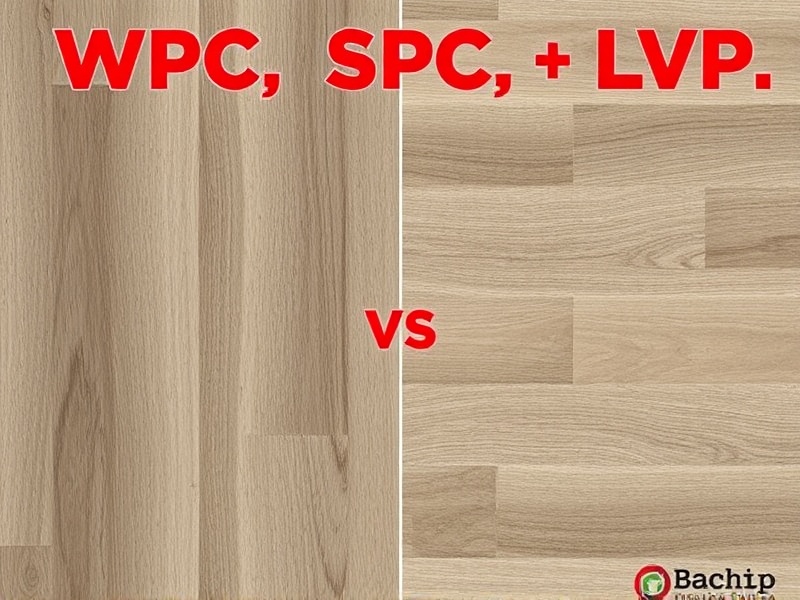Our Location
304 North Cardinal St.
Dorchester Center, MA 02124

When it comes to choosing flooring materials, there are several options available in the market today. Among them, Wood Plastic Composite (WPC), Stone Plastic Composite (SPC), and Luxury Vinyl Plank (LVP) have gained significant popularity due to their durability, aesthetics, and ease of maintenance. Each type of flooring has its own set of advantages and disadvantages, which can influence your decision based on factors such as installation difficulty, environmental impact, and long-term performance. In this article, we will explore the pros and cons of WPC, SPC, and LVP to help you make an informed choice.
One of the primary advantages of WPC flooring is its resistance to moisture and humidity, making it ideal for use in kitchens, bathrooms, and basements. Additionally, WPC is known for its durability and longevity, often lasting longer than traditional wood flooring. It is also more environmentally friendly compared to solid wood floors as it uses recycled materials. Lastly, WPC offers a wide range of designs and colors that mimic natural wood grains, providing homeowners with aesthetic flexibility.
Despite its benefits, WPC flooring can be more expensive than other types of flooring. Installation may require special tools and expertise, adding to the overall cost. Moreover, while WPC is resistant to moisture, it is not completely waterproof, and prolonged exposure to water can cause swelling or warping.
SPC flooring is highly resistant to water, making it suitable for areas prone to moisture. It is also extremely durable and can withstand heavy foot traffic without showing signs of wear and tear. SPC is easy to install, requiring minimal preparation and no adhesives, which can save time and money. Furthermore, it is eco-friendly as it contains up to 70% recycled materials.
One downside of SPC is its hardness, which can make it less comfortable underfoot compared to softer materials like vinyl or carpet. Additionally, while SPC is durable, it may not offer the same level of comfort and warmth as natural wood or laminate flooring. Lastly, some users report that SPC can produce a hollow sound when walked upon, which might be undesirable in certain settings.
LVP is known for its realistic look and feel, closely resembling natural stone or wood. It is also highly durable and resistant to scratches, stains, and fading. LVP is easy to maintain, requiring only basic cleaning and occasional mopping. Another advantage is its affordability compared to other luxury flooring options, making it accessible to a wider range of consumers.
One potential drawback of LVP is that it can be more susceptible to water damage than SPC or WPC, especially if installed improperly. While LVP is generally easy to install, it requires careful cutting around obstacles like baseboards and door frames, which can be challenging for DIY enthusiasts. Lastly, some LVP products contain volatile organic compounds (VOCs), which can off-gas and affect indoor air quality.
When selecting between WPC, SPC, and LVP flooring, consider your specific needs and preferences. If you prioritize moisture resistance and durability, SPC might be the best option. For those looking for a wood-like appearance and environmental sustainability, WPC could be preferable. On the other hand, if budget and ease of maintenance are key considerations, LVP would be a strong contender.
Each type of flooring—WPC, SPC, and LVP—has unique characteristics that make it suitable for different applications and environments. By weighing the pros and cons of each material, you can make an informed decision that aligns with your lifestyle, budget, and aesthetic preferences.